Reserve Manager Joe Messin led UC Riverside graduate students on a guided walk at Emerson Oaks UC Reserve. Managed by UC Riverside, this reserve has a variety of habitats including mountain, desert, coastal, and interior valley. Oak woodlands, coastal sage scrub habitats, and chaparral support wildlife including kangaroo rats, rattlesnakes, hawks, and butterflies.
Graduate students brought their expertise of fungi, grasslands, and kangaroo rats to help us decide which sites were best to sample. The foggy and drizzly day made it ideal to observe fruiting fungal bodies and made vegetation such as the toyon pop with color. As we made our way back to the parking lot, we disturbed a family of California quail that continued on their way after chirping their disapproval of us.
Photo credits: Joe Messin (UCR), Miroslava Munguia (UCLA)































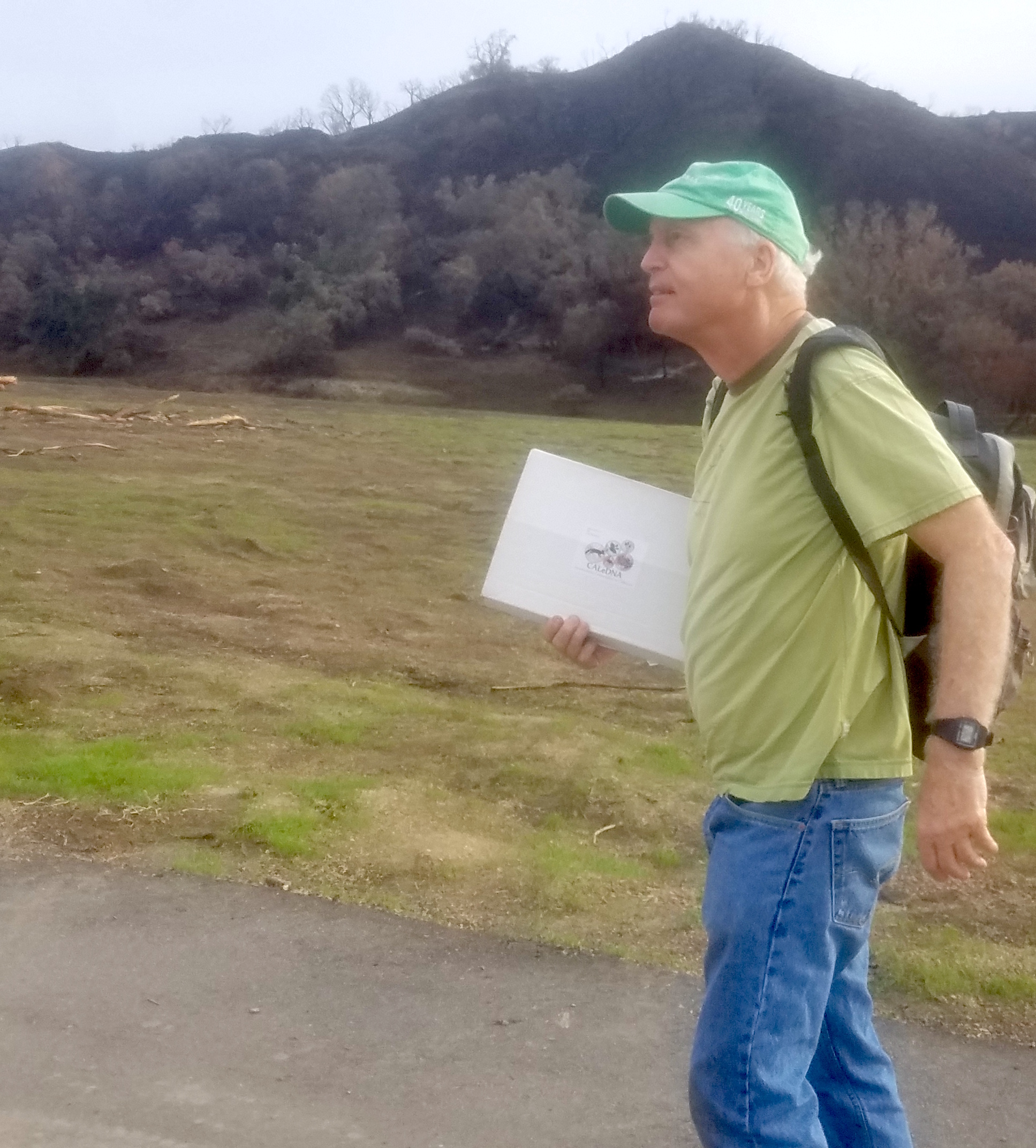





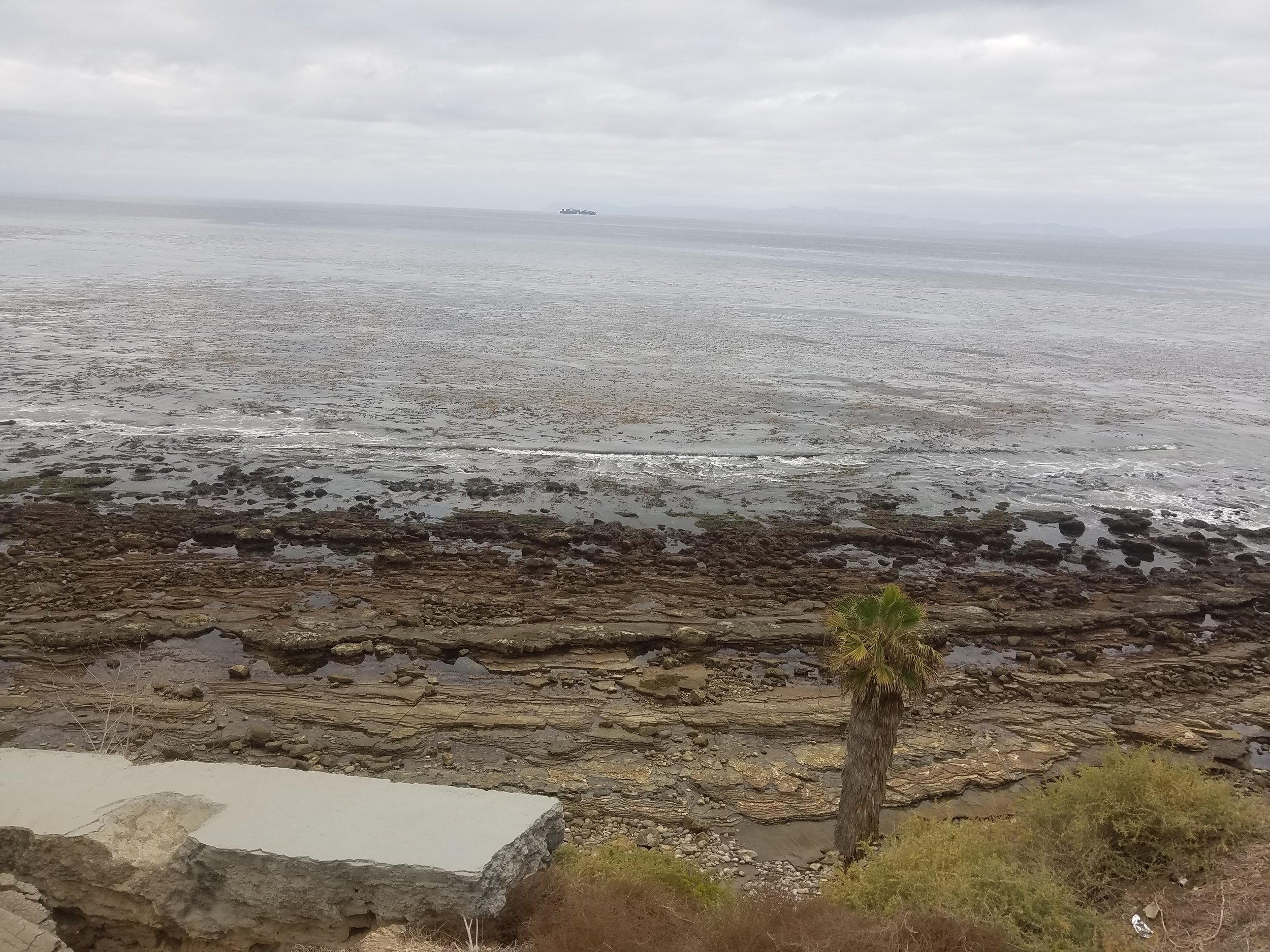











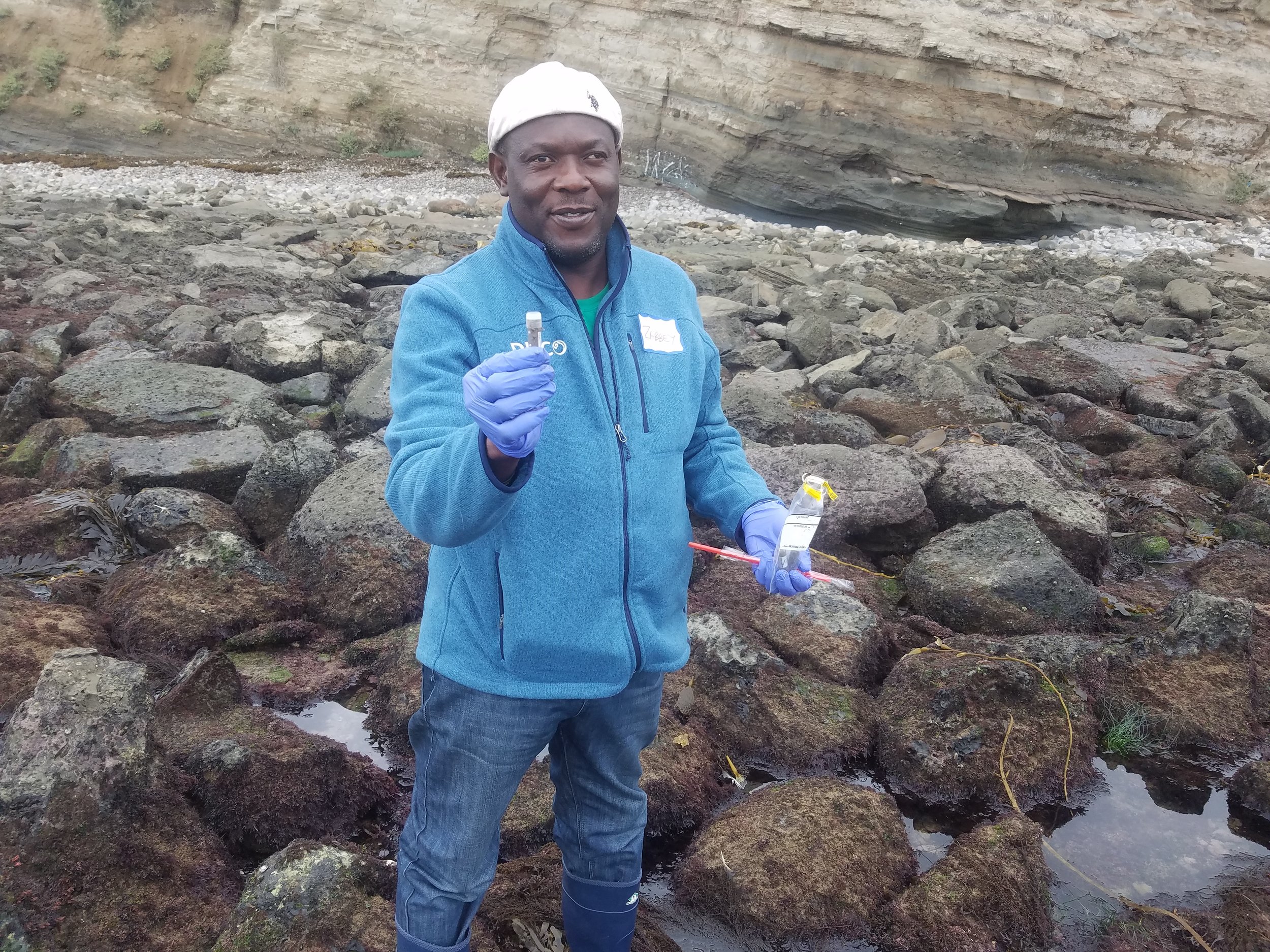



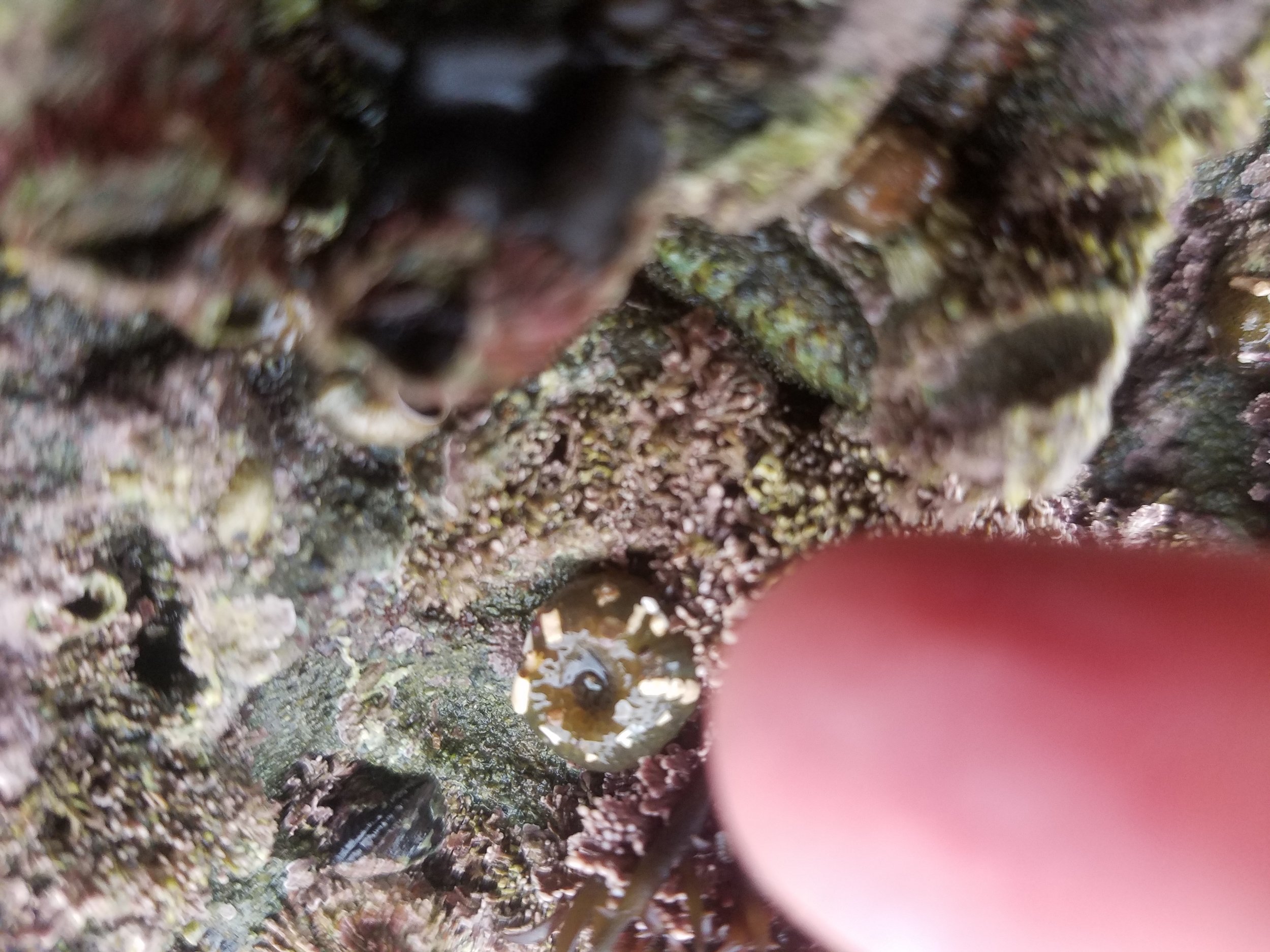









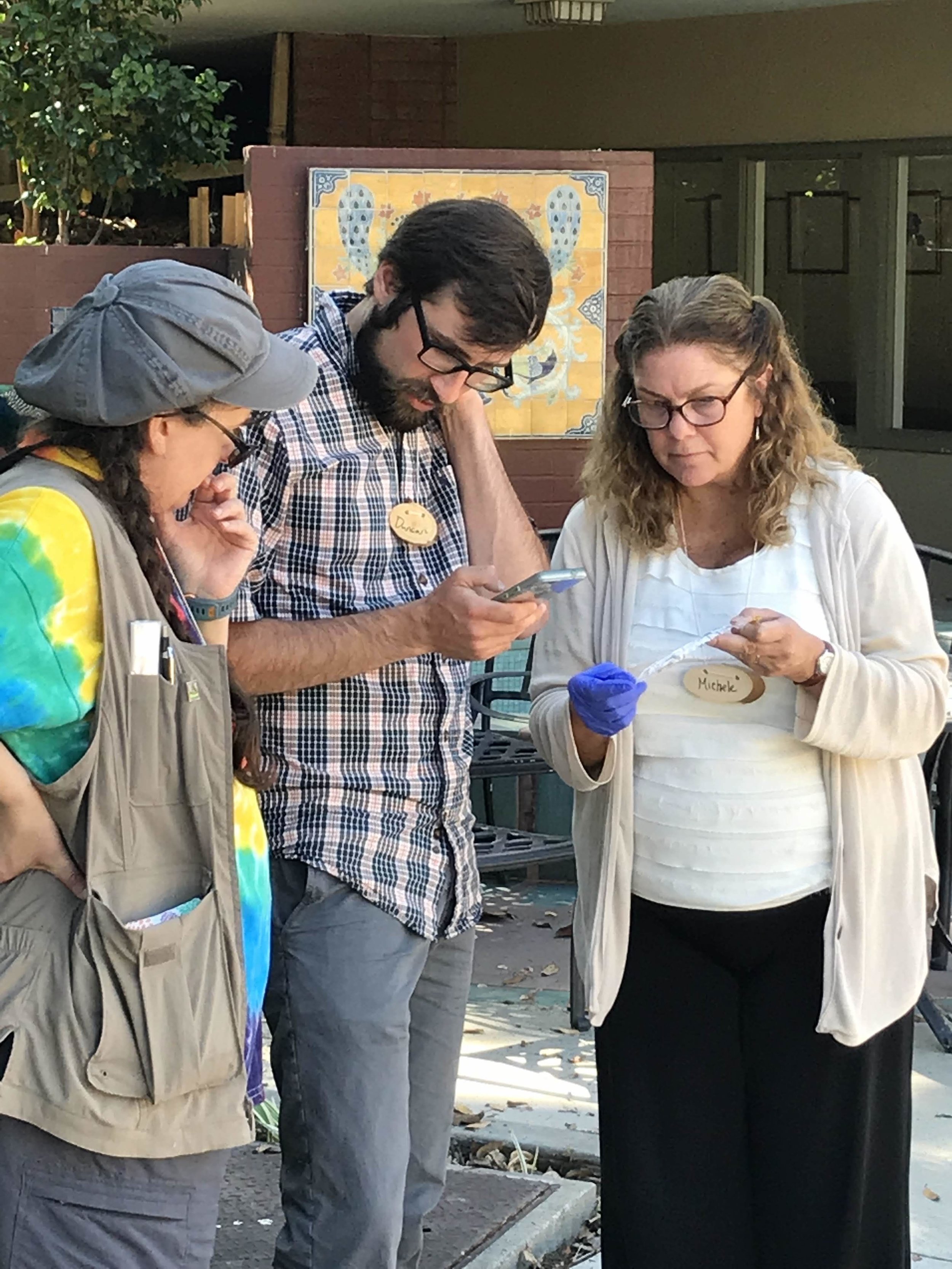





![IMG_3726[1].JPG](https://images.squarespace-cdn.com/content/v1/57c7ad5bcd0f68f5c730e9e8/1526592212087-37LSPVG4117TICVPEQC0/IMG_3726%5B1%5D.JPG)
![IMG_3725[1].JPG](https://images.squarespace-cdn.com/content/v1/57c7ad5bcd0f68f5c730e9e8/1526592075180-9XVH4GEZFSMVQQ7P4S9G/IMG_3725%5B1%5D.JPG)








